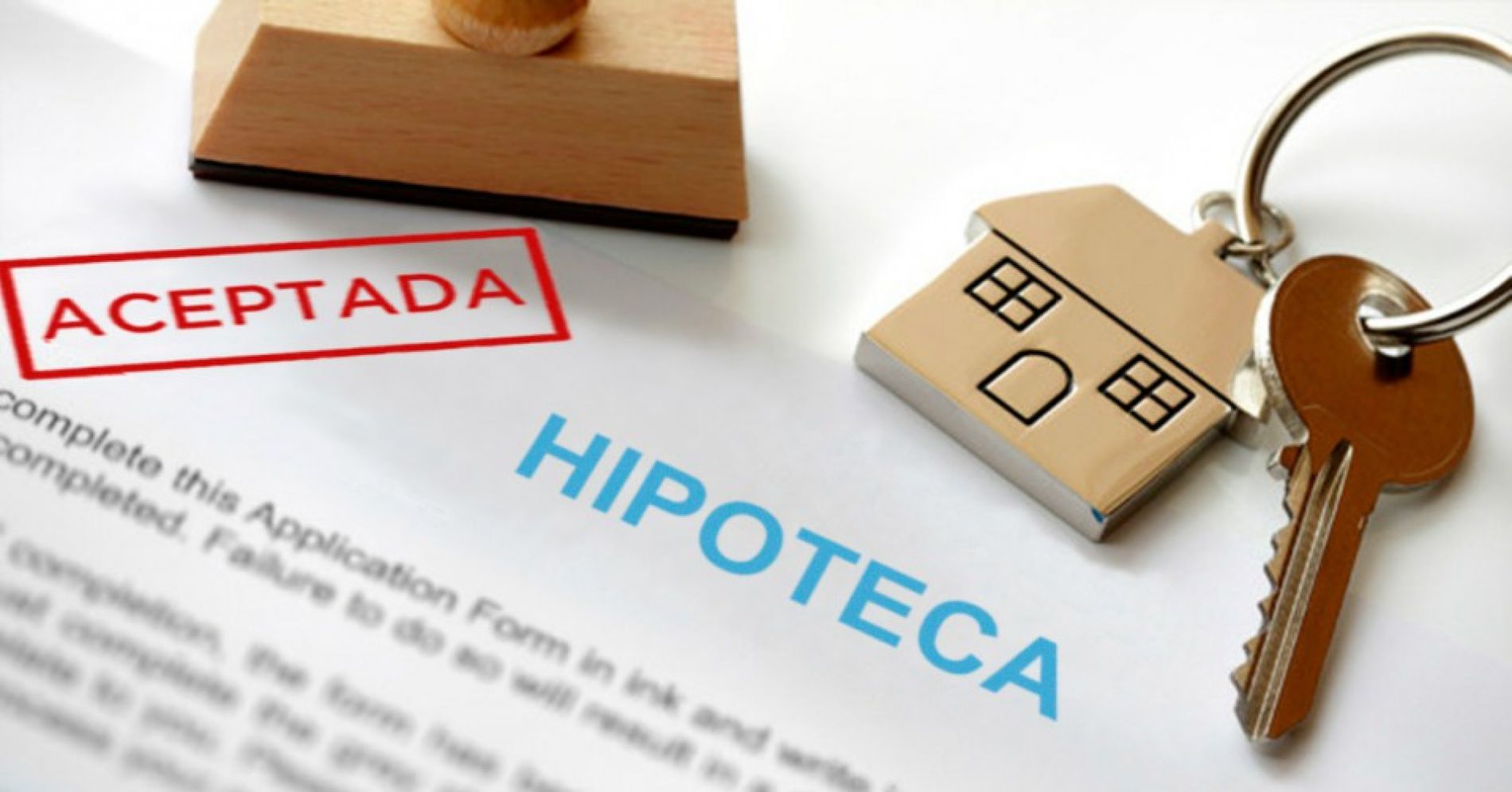Mortgage

Getting a Mortgage in Spain
If you’re a cash buyer then that's great news, you can skip this step. If you're looking for an overseas mortgage then read this guide all about getting a mortgage in Spain.
Arranging any mortgage abroad can be a daunting prospect and Spain is certainly no exception. For the uninitiated, it’s difficult to know where to start and whether information you see or receive is correct.
This is complicated by the fact that banks lending in Spain do not always offer the same conditions to clients, even if they have similar profiles. The mortgage market in Spain is quite traditional in the sense that having the right contacts is crucial if you want to get the best deals.
Mortgage Products
Non-resident mortgages (60-70%) – for non-residents who pay their taxes outside Spain, the maximum mortgage amount is 70% of the purchase price (or valuation if lower), but some banks have a maximum amount of 60%. For fiscal residents who pay Spanish taxes, the maximum mortgage is 80%.
Mortgages for retirees - If you are over age 60 and in receipt of a pension, you can still have the mortgage in your own name. It is also possible to appoint a guarantor such as a family member to secure the borrowing, which can have potential inheritance tax benefits if they are also a part-owner in the property.
Construction mortgages – for those wishing to build their own homes, banks offer construction mortgages. These are complicated to explain and you should definitely speak to a broker, but broadly-speaking you can potentially borrow 60-70% of the land and construction costs combined.
Commercial - If you are buying a property for commercial use, such as a restaurant or a shop, for example, the maximum mortgage is 50% of the price (or valuation if lower). If you intend to run a business the lenders will ask for business plans and, where applicable, accounts for any previous business operating at the premises, as well as what previous experience you have had running a similar business.
Mortgage Conditions
Interest rates - Most lenders use the annual Euribor as the base rate and then add their own margin to this, for example, “Euribor plus 2%”. Generally speaking, they require that you contract different products with them and they give discounts to the rate for taking each product. Compulsory products are usually a bank account with the bank offering the mortgage and home insurance with that bank’s chosen insurer. In many cases, life insurance with the bank’s chosen insurer is also compulsory.
By using one of our recommended brokers they can secure a much lower rate than if you go direct to a bank. Where a bank may offer rates as high as Euribor + 3.5% if you go direct, our brokers can achieve Euribor + 1.5 - 2.5%.
Although the vast majority of mortgages are variable rate in Spain, fixed rates are becoming more popular, especially now that the Euribor is at its lowest ever level. A typical fixed rate for a 20-year term could be 2.99%, depending on the bank.
Interest-only – this is only offered for construction mortgages in Spain and, where offered, it is only for 1 or 2 years at the start of the term.
Term of mortgage – most mortgages can be arranged with terms of 25 years (for non-residents) and 30 years (for residents), usually up to a maximum age of 75. For non-residents, some banks have a maximum 20-year term.
Required Documents
- United Of Kingdom
- Passport and NIE.
- 3 last pay slips.
- Job contract
- 2 last P60 (employees) or 3 last Tax Return (self employed)
- Credit Bureau à experian.co.uk
- 6 month bank statements to check salaries, savings and payments.
- ITALY
- Passport and NIE.
- 3 last pay slips.
- 2 last Tax return
- Job contract
- Credit Bureau à experian.it / www.crif.com
- 6 month bank statements to check salaries, savings and payments.
- BELGIUM
- Passport and NIE.
- 3 last pay slips
- Job contract
- Tax return à
- Credit Bureau à bureau-credit.com
- 6 month bank statements to check salaries, savings and payments.
